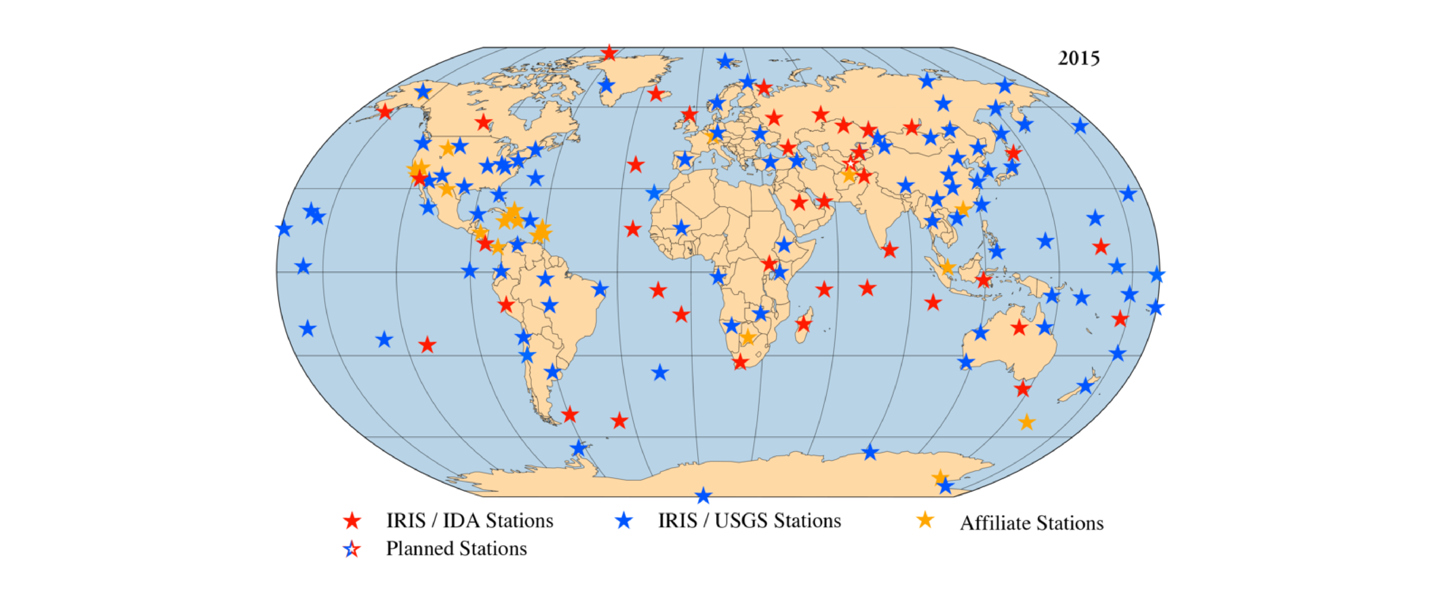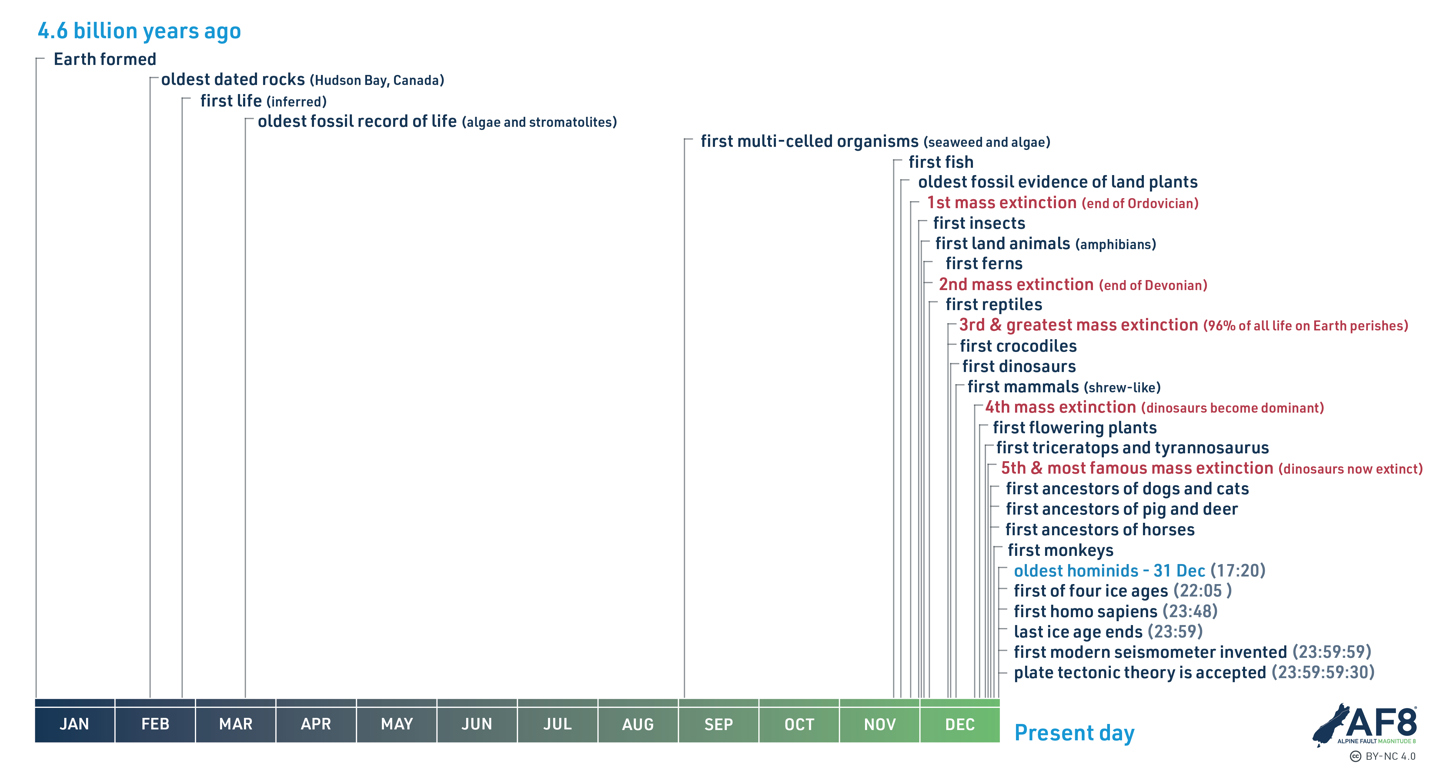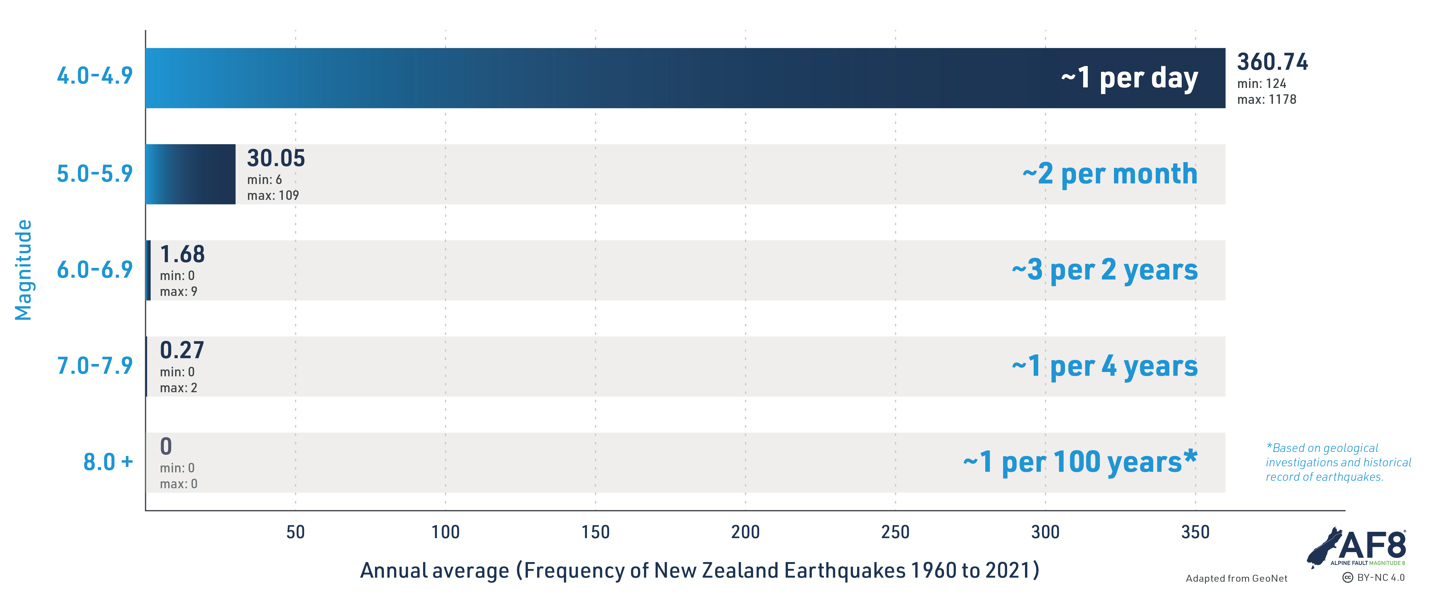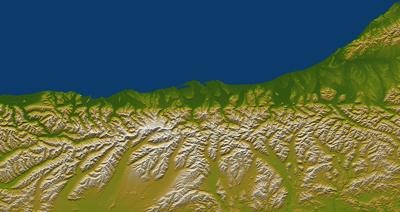This data tells us that, on average, there are less than two magnitude 6-6.9 earthquakes in New Zealand every year, but one year there were nine! And there is just as much variation on a global scale – check out the global statistics based on the last 100 years here. If there is this much variation over 60 or 100 years, imagine how much there might be over billions of years – variability is normal.
Earthquakes don’t kill people, buildings do
Earthquakes are a naturally occurring phenomenon, vital to the formation and function of our planet. While the number of earthquakes has not increased, the numbers of disasters caused by earthquakes and the numbers of people affected by earthquakes have been steadily increasing.
The United Nations Office for Disaster Risk Reduction defines a disaster as: “A serious disruption of the functioning of a community or a society at any scale due to hazardous events interacting with conditions of exposure, vulnerability and capacity, leading to one or more of the following: human, material, economic and environmental losses and impacts.”
It’s like the old saying about the tree falling in the woods... if an earthquake happens and there is no one there to feel it, does it still cause a disaster? Of course (from a human perspective) the answer is no – disasters occur when natural hazards impact on people and infrastructure.
In 2018 the United Nations Office for Disaster Risk Reduction (UNDRR) and the Centre for Research on the Epidemiology of Disasters (CRED) published an in-depth report analysing natural hazard related disasters over the preceding 40 years (you can read it here). It found that, while earthquakes account for less than 8% of disasters globally, they result in 50% of all deaths. Floods are much more common but lead to only 11% of all disaster related deaths.






